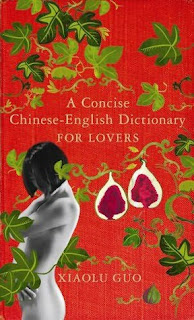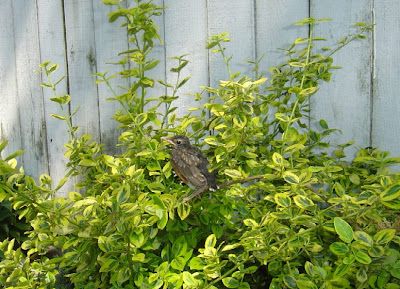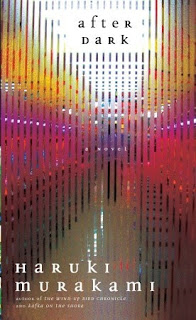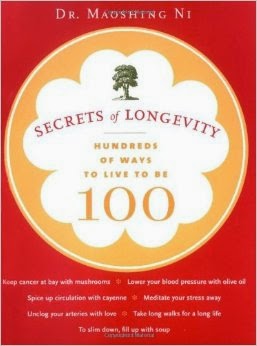"And when the heck was I going to stop asking questions and do something useful?
So asks Kendra Ballantyne as she goes about solving the mystery of pet-nabbed pets while she takes care of a host of other animals and also works as a lawyer and conflict resolver.
This is from Linda O. Johnston's newest book in her Pet Sitter Mystery series featuring Kendra Ballantyne - The Fright of the Iguana.
Dogs and cats and an iguana have disappeared while under the care of members of the Petsitters Club of Southern California. Two of Kendra's charges, a 3-foot iguana and a Sharpei pup, have disappeared from the property of their owner, a high profile Hollywood film producer. Kendra is frantic to find the pets and soon discovers that other petsitters have had similar experiences - disappearing animals under their care. When one of the petsitters is found killed in one of the homes, things begin to get very serious.
The plot of the novel is clever and the sub plots are entertaining as well as informative. Conflict resolution in the legal world, the business of petsitting and pet daycare, and interesting characters made this an enjoyable cozy.






























